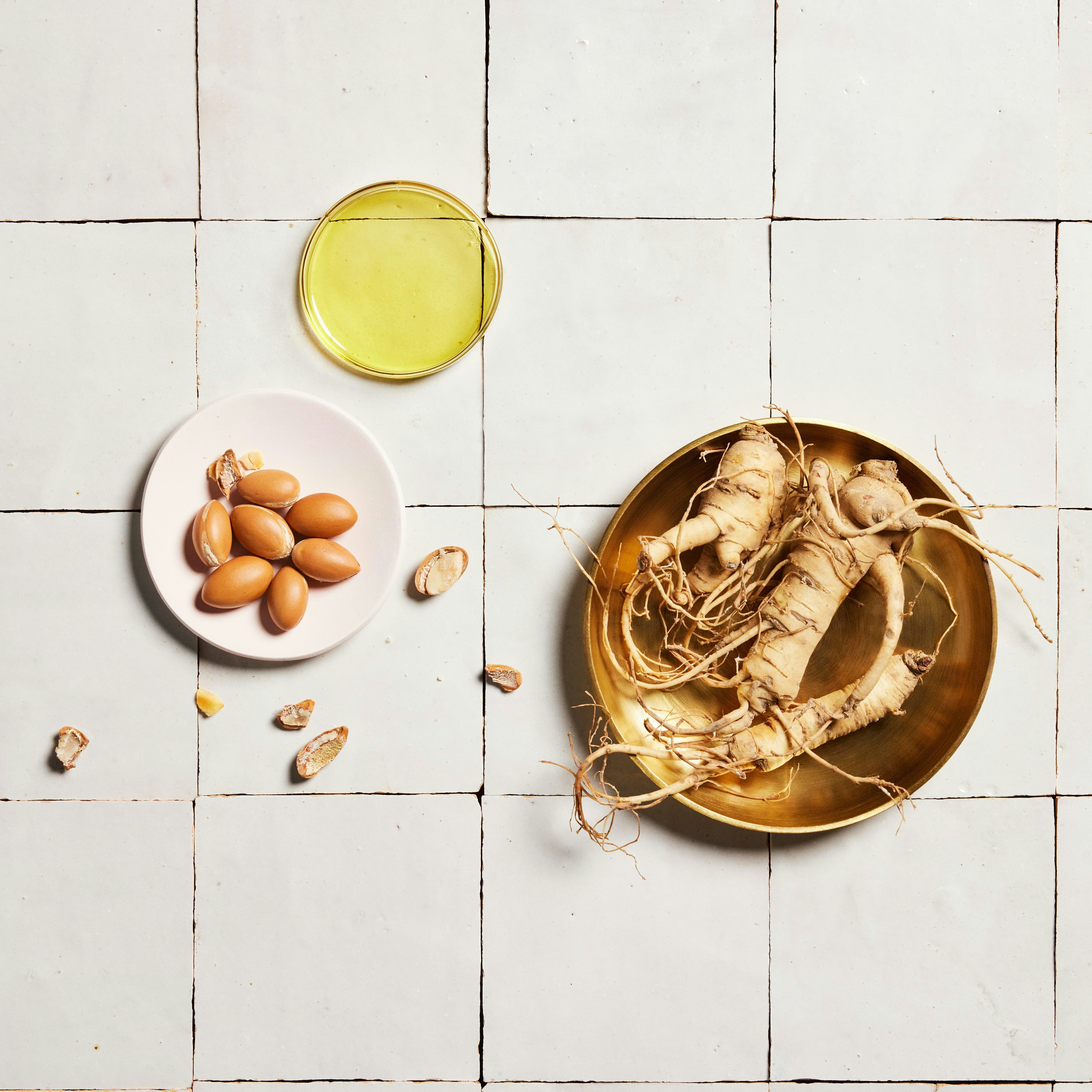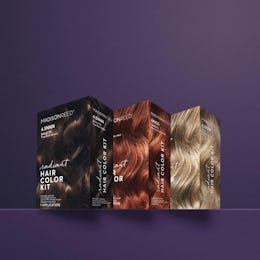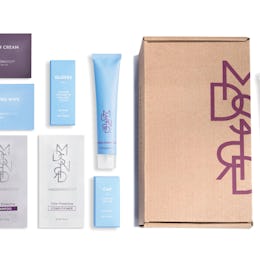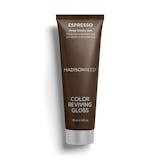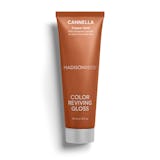What Is SLS and Why Should You Avoid It in Hair Color?
SLS stands for sodium lauryl sulfate, a common ingredient found in products like soaps, toothpastes, and hair color. As you might expect, a chemical that is used for so many different purposes might not be the best for your hair. Read on to find out why!
So, What Is Sodium Lauryl Sulfate?
Sodium lauryl sulfate, known as SLS, is a compound found in cosmetics and cleaning products. It is responsible for foaming.
While SLS has been deemed “safe to use” by organizations such as The Cosmetic, Toiletry and Fragrance Association (CTFA) and The Cosmetic Ingredient Review Panel (CIR), it doesn’t mean that it’s perfectly fine.
SLS is a surfactant, meaning it lowers the surface tension between ingredients and creates the lather often associated with shampoo and other hair products. However, SLS is also known to strip the protein from hair, depleting the hair and scalp of beneficial protective oils. Products containing harsh surfactants like SLS are also known to contribute to color fade. In severe instances, SLS can also irritate the scalp, causing redness, dryness, and itching.
What Is Sodium Laureth Sulfate, Then?
Sodium lauryl sulfate is often mistaken for sodium laureth sulfate – a substance that is derived from SLS, and commonly referred to as SLeS or SLES.
How is sodium laureth sulfate different from sodium lauryl sulfate? Sodium laureth sulfate is a gentler alternative to sodium lauryl sulfate.
We never use sodium lauryl sulfate in our products, opting instead to use sodium laureth sulfate, which is gentler on the skin. Sodium laureth sulfate is also used in our formulas to ensure a full, even application of color, and total removal of color from the scalp and hair while rinsing.
Why Should You Avoid SLS in Hair Color?
The problem with SLS in hair color is that you keep the color on your scalp for quite some time – long enough to cause irritation. When used regularly, the SLS compound may even lead to dandruff and dry scalp.
In addition to irritating and drying your scalp, SLS can affect the hair itself. It’s can strip your hair of its natural oils, which can result in weaker hair, hair that’s more prone to breakage.
This is exactly why we make sure that SLS doesn’t make it on to our hair color ingredients list. But it’s not just about hair color – there are other hair care products that may also contain this substance.
